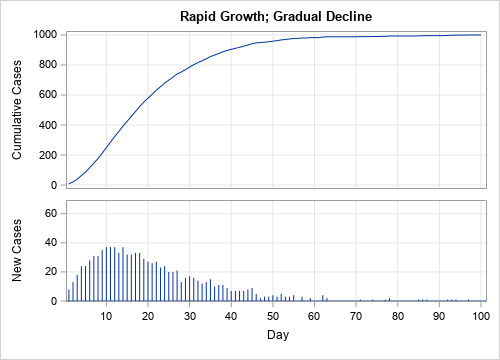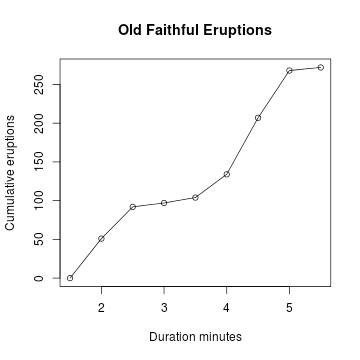
Cumulative Frequency Distribution Curve. Cumulative-Frequency Curve Group data are also represented by a curve called ogive or cumulative-frequency curve. Cumulative frequency distributions are often displayed in histograms and in frequency polygons. By joining the points the curve so obtained is called a cumulative frequency curve or ogive. Cumulative frequency distribution of grouped data can be represented on a graph.

To complete the cumulative frequency column add all the frequencies at that class and all preceding classes. It is used to arrange the data in a tabular format. It displays the frequency of items or the number of times they occur in a graphical format. Representing cumulative frequency data on a graph is the most efficient way to understand the data and derive results. 1 Less than cumulative frequency curve. Cumulative frequency distribution is a form of frequency distribution that represents the sum of a class and all classes below it.
By joining the points the curve so obtained is called a cumulative frequency curve or ogive.
Cumulative frequency distribution is a form of frequency distribution that represents the sum of a class and all classes below it. Cumulative frequency distributions are often displayed in histograms and in frequency polygons. An example size distribution from a set of test sieves is shown below in Table 1. IQCS was calculated by using the equation. After making a freehand curve the frequency distribution curve will be an increasing curve unlike the more than type graphs. There are two types of ogives.